DPI vs. PPI
The measurement ppi (pixels per inch) is used to describe the resolution on an electronic viewing device like a computer monitor or digital camera. A pixel is a block of color. If there are very few pixels per inch, you will see the individual pixels and the image will appear to have jagged edges. An image that has smooth edges has more pixels per inch.
DPI (dots per inch) is used to describe the potential print quality of an image. The higher the dpi, the better an image will print on press or on your desktop printer.
The difference between the two is obviously inherent with the output device that will ultimately be used to reproduce the image. If the image you are working with is destined for a website, 72 ppi would be a fine setting for the image. The file size will remain small which is desirable for clients viewing your website—loading time is cut to a minimum. If the image will be reproduced on a press or other printing device, the graphic needs to be at least 300 dpi at 100%.
A photo taken with a digital camera at a 72 ppi setting will e-mail easily, but it will not print very well if enlarged to, say, a 5”x7”. [Article reprinted from Fresh Ink Quarterly, a Tingalls Design newsletter]



